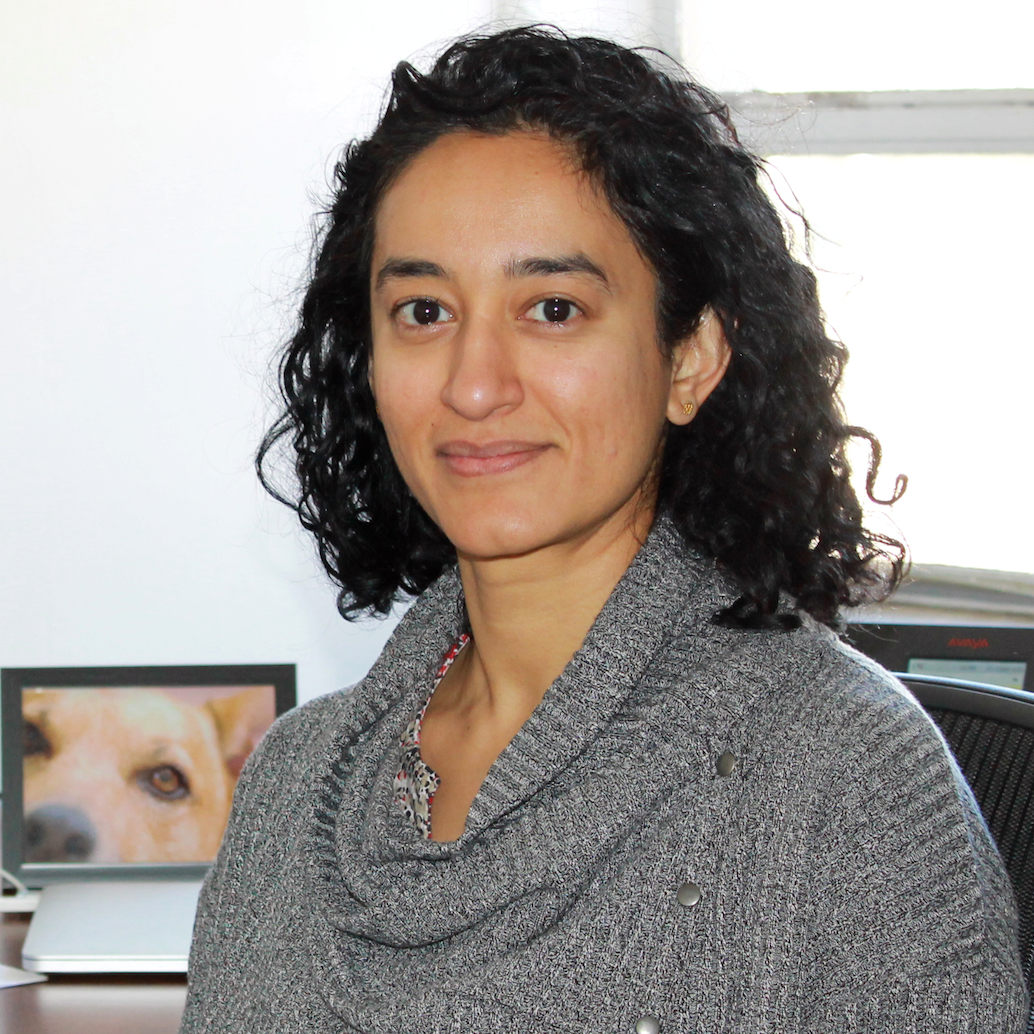
Bhuvana Srinivasan (she/her)
Associate Professor
Aeronautics and Astronautics
College of Engineering
srinbhu@uw.edu
Srinivasan Faculty page
What is your Research Focus?
Bhuvana Srinivasan directs the PLASMAWISE (PLAsma Simulation for MAterial interactions, Waves, Instabilities, Shocks, Everything else plasma) laboratory which studies plasma physics phenomena as applied to nuclear fusion, space, and a number of basic plasma science applications of relevance to national interest. Nuclear fusion has the potential to meet terrestrial energy demands perpetually (as far as human timescales are concerned) and an efficient, compact fusion energy system has the potential to power long-duration, high thrust, high specific impulse human spaceflight. Controlled fusion, however, remains one of the biggest challenges of the twenty first century. With these motivations, we develop high-fidelity physics models to study fundamental plasma science for plasma-based space propulsion, inertial confinement, magneto-inertial, and magnetic confinement fusion, and space science, to name a few.
Examples of research areas include plasma-material interactions in thrusters and fusion devices, instabilities in thrusters and fusion concepts including high-energy-density fusion and astrophysical plasmas, ionospheric plasma instabilities, and numerical algorithm development for fluid and kinetic models. This laboratory performs research in support of a variety of fusion concepts including inertial confinement fusion, magneto-inertial fusion, magnetic confinement fusion, Z-pinches, and magnetic mirrors, to name a few. This team also performs research in plasma-material interactions and plasma instabilities in Hall thrusters as well as other electrostatic and electromagnetic thrusters. An understanding of plasma-material interactions along with methods to handle the extreme plasma conditions encountered near material walls is a critical area of research necessary for the success of the majority of fusion and propulsion concepts. There do not exist materials that can handle the large particle and heat fluxes encountered at material walls of fusion devices, so an understanding of near-wall plasma dynamics and identifying mitigation strategies is key. Plasma instabilities that occur in fusion and propulsion devices are known to also occur in exploding stars and in the near earth space environment, thus providing synergistic opportunities to study a variety of applications with the high-fidelity modeling tools available within this laboratory. The development and application of high-fidelity fluid and kinetic models connects the various research applications within this laboratory.
What opportunities at the UW excite you?
The UW has a strong presence in plasma science and it has one of the best plasma science curricula in the country. I am excited to contribute to this strong program and connect with other UW faculty in pursuit of synergistic research interests towards a clean and green energy future for our planet.